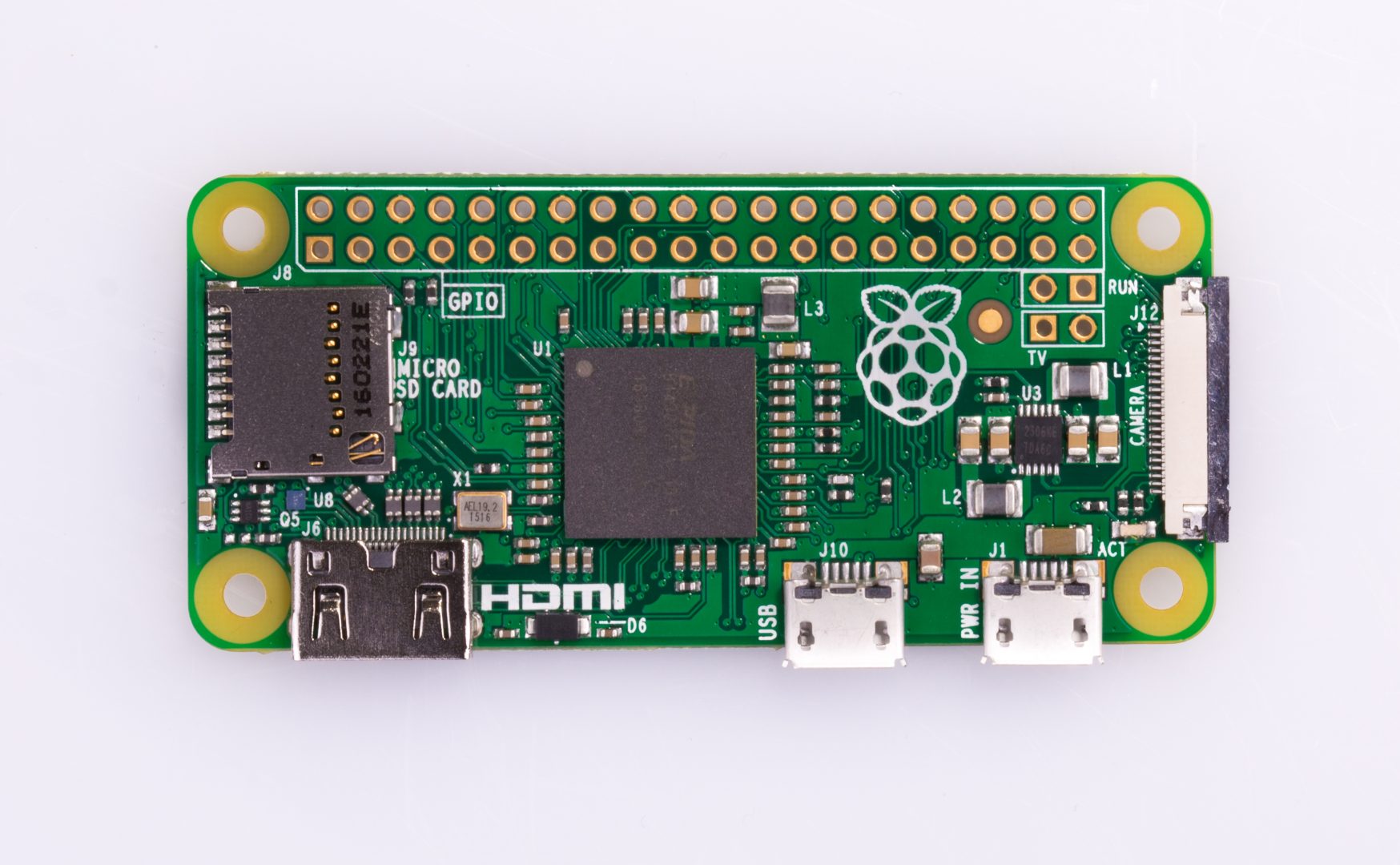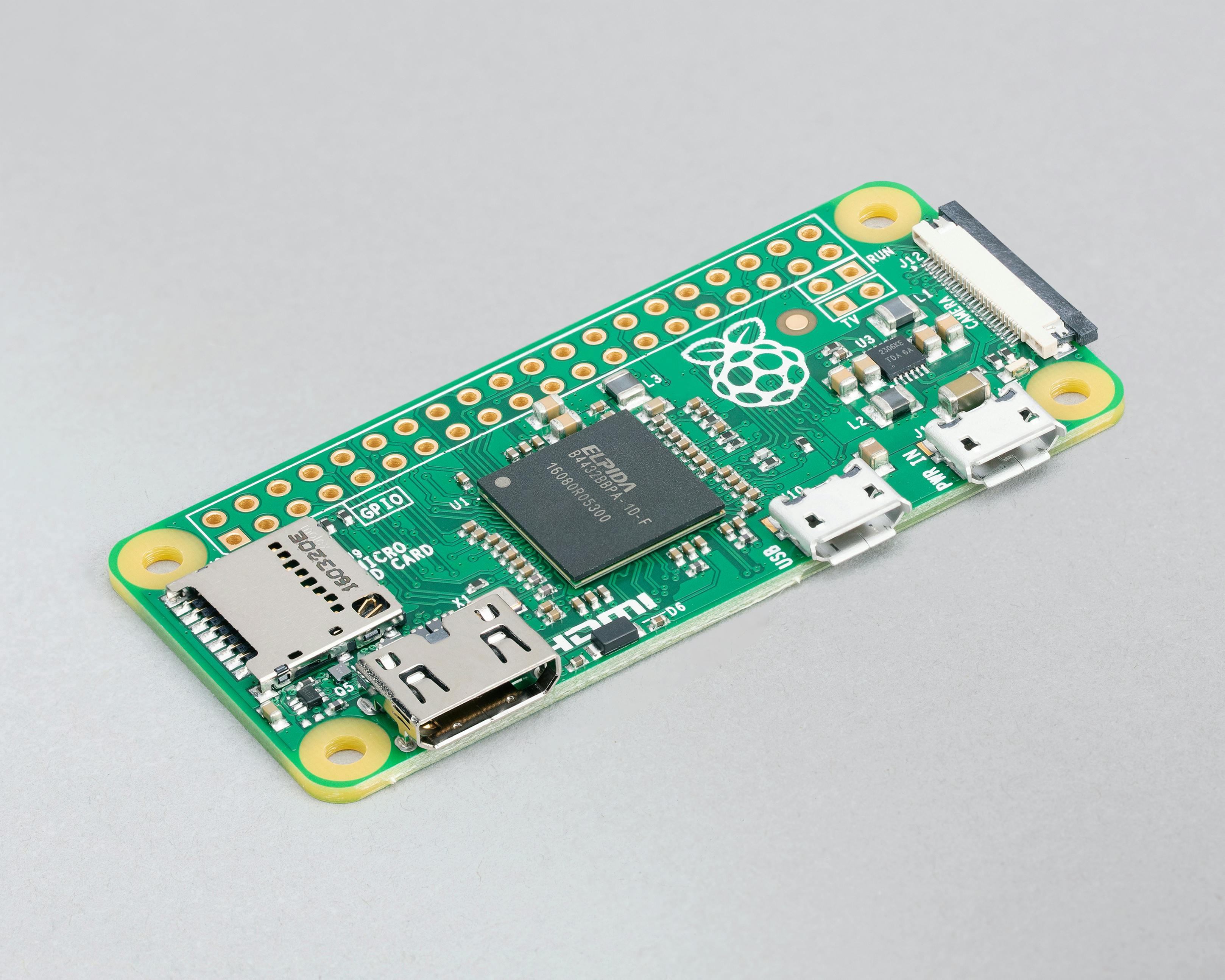How To Fix "Remotely Access Raspberry Pi RemoteIoT Not Working" Issues
Detail Author:
- Name : Marshall Rohan
- Username : bridie82
- Email : ishields@gmail.com
- Birthdate : 2002-08-28
- Address : 251 Derrick Dale Apt. 459 Mossieborough, ID 71108-1713
- Phone : 1-408-871-1160
- Company : Zboncak-Schaefer
- Job : Police and Sheriffs Patrol Officer
- Bio : Voluptatem quibusdam nihil aut quia temporibus eos. Quae maxime doloremque eligendi ex ducimus cupiditate. Et sint exercitationem necessitatibus quae.
Socials
twitter:
- url : https://twitter.com/cummings1990
- username : cummings1990
- bio : Dolore iusto ea numquam ex. Eveniet iure maxime sapiente qui. Consequatur sed sit facilis porro neque quia corrupti. Maxime quisquam voluptate dolorem.
- followers : 3273
- following : 1854
linkedin:
- url : https://linkedin.com/in/maryjanecummings
- username : maryjanecummings
- bio : Aut sapiente rerum nisi odio ea et.
- followers : 3710
- following : 1172
facebook:
- url : https://facebook.com/cummings2002
- username : cummings2002
- bio : Incidunt non vel deleniti odit eius. Voluptas impedit rerum vero repellendus.
- followers : 5870
- following : 381
instagram:
- url : https://instagram.com/cummings2013
- username : cummings2013
- bio : Quas molestiae ullam nobis eligendi. Rerum nisi nam perspiciatis earum eos magni.
- followers : 4206
- following : 688
tiktok:
- url : https://tiktok.com/@maryjane_dev
- username : maryjane_dev
- bio : Ad sequi consectetur quia sint repellendus qui natus quia.
- followers : 2005
- following : 2688
Are you struggling to remotely access your Raspberry Pi using RemoteIoT and finding it not working as expected? You're not alone. Many users encounter challenges when trying to connect to their Raspberry Pi devices remotely, especially when relying on third-party platforms like RemoteIoT. Whether you're a hobbyist, a developer, or an IoT enthusiast, resolving this issue is crucial to maintaining seamless control over your projects.
Remote access to Raspberry Pi is a powerful feature that allows users to manage their devices from anywhere in the world. However, when things go wrong, it can disrupt workflows and cause frustration. This article will guide you through the potential causes of the "RemoteIoT not working" issue and provide step-by-step solutions to fix it. By the end of this guide, you'll have a clear understanding of how to troubleshoot and optimize your remote access setup.
In this comprehensive guide, we’ll explore everything from basic troubleshooting steps to advanced configurations. We’ll also delve into the importance of security, best practices for remote access, and alternative tools you can use. Let’s dive in and resolve the "Remotely Access Raspberry Pi RemoteIoT Not Working" issue once and for all.
Table of Contents
- Understanding RemoteIoT and Its Role in Raspberry Pi Remote Access
- Common Issues with RemoteIoT Not Working
- Basic Troubleshooting Steps
- Checking Network Configuration
- Firewall and Port Forwarding Settings
- Software-Related Issues and Fixes
- Security Measures for Remote Access
- Alternative Tools for Remote Access
- Best Practices for Raspberry Pi Remote Access
- Conclusion and Call to Action
Understanding RemoteIoT and Its Role in Raspberry Pi Remote Access
RemoteIoT is a cloud-based platform designed to simplify remote access to IoT devices, including Raspberry Pi. It acts as a bridge between your local network and the internet, enabling secure and reliable connections without the need for complex configurations like port forwarding. This makes it an attractive solution for users who want to manage their Raspberry Pi devices from anywhere in the world.
One of the key features of RemoteIoT is its ease of use. By installing a lightweight agent on your Raspberry Pi, you can connect it to the RemoteIoT platform and access it via a web browser or mobile app. This eliminates the need for public IP addresses or manual router configurations, which can be daunting for beginners. However, like any technology, RemoteIoT is not immune to issues, and users often report problems such as connection failures, slow performance, or the dreaded "not working" error.
Understanding how RemoteIoT works is essential for troubleshooting. The platform relies on a secure tunneling protocol to establish a connection between your Raspberry Pi and the RemoteIoT servers. Any disruption in this process—whether due to network issues, software bugs, or misconfigurations—can lead to connectivity problems. By identifying the root cause, you can take the necessary steps to restore access and ensure smooth operation.
Common Issues with RemoteIoT Not Working
When users encounter the "RemoteIoT not working" issue, it can stem from a variety of factors. Below are some of the most common problems and their potential causes:
- Network Connectivity Issues: A weak or unstable internet connection can prevent the Raspberry Pi from communicating with the RemoteIoT servers.
- Firewall Restrictions: Firewalls on your local network or Raspberry Pi may block the necessary ports or protocols required for RemoteIoT to function.
- Outdated Software: Running an outdated version of the RemoteIoT agent or Raspberry Pi OS can lead to compatibility issues.
- Incorrect Configuration: Misconfigured settings, such as incorrect credentials or API keys, can prevent the connection from being established.
- Server Downtime: Occasionally, the RemoteIoT platform itself may experience downtime or maintenance, leading to temporary unavailability.
By identifying the specific issue affecting your setup, you can apply targeted solutions to resolve it. The next sections will provide detailed troubleshooting steps to address these common problems.
Impact of Connectivity Issues
Connectivity issues are among the most frequent culprits when RemoteIoT fails to work. These can arise from problems with your internet service provider (ISP), router settings, or even the Raspberry Pi's network interface. For example, if your Raspberry Pi is connected to a Wi-Fi network with poor signal strength, it may struggle to maintain a stable connection to the RemoteIoT servers.
Basic Troubleshooting Steps
Before diving into advanced configurations, it’s essential to start with basic troubleshooting steps. These simple checks can often resolve the "RemoteIoT not working" issue without requiring extensive technical knowledge.
Step 1: Verify Internet Connectivity
Ensure that your Raspberry Pi has a stable internet connection. You can do this by running the following command in the terminal:
ping google.comIf the ping fails, check your Wi-Fi or Ethernet connection and ensure that the Raspberry Pi is properly connected to the network.
Step 2: Restart the Raspberry Pi and RemoteIoT Agent
Sometimes, a simple restart can resolve connectivity issues. Reboot your Raspberry Pi using the following command:
sudo rebootAfter the reboot, restart the RemoteIoT agent to ensure it’s running correctly:
sudo systemctl restart remoteiot-agentStep 3: Check RemoteIoT Status
Visit the RemoteIoT website or app to check if the platform is experiencing downtime. You can also contact their support team for updates if necessary.
Checking Network Configuration
Network configuration plays a critical role in ensuring that RemoteIoT works seamlessly. Misconfigured settings can prevent the Raspberry Pi from establishing a connection with the RemoteIoT servers.
Step 1: Verify IP Address
Check the IP address assigned to your Raspberry Pi to ensure it’s correctly configured. Use the following command:
hostname -IIf the IP address is missing or incorrect, reconfigure your network settings.
Step 2: Test DNS Resolution
DNS issues can also cause connectivity problems. Test DNS resolution by running:
nslookup remoteiot.comIf the DNS lookup fails, consider switching to a reliable DNS provider like Google DNS (8.8.8.8).
Firewall and Port Forwarding Settings
Firewalls and port forwarding settings are often overlooked but can significantly impact RemoteIoT functionality. Here’s how to address these issues:
Step 1: Check Firewall Rules
Ensure that your firewall allows traffic on the ports used by RemoteIoT. You can check the firewall rules with:
sudo ufw statusIf necessary, add an exception for the required ports:
sudo ufw allow [port-number]Step 2: Configure Port Forwarding
If your router blocks incoming connections, configure port forwarding to allow traffic to reach your Raspberry Pi. Refer to your router’s manual for instructions.
Software-Related Issues and Fixes
Software issues can also contribute to the "RemoteIoT not working" problem. Below are steps to address common software-related problems:
Step 1: Update Raspberry Pi OS
Ensure your Raspberry Pi is running the latest version of its operating system. Update it with:
sudo apt update && sudo apt upgradeStep 2: Reinstall RemoteIoT Agent
If the RemoteIoT agent is corrupted, reinstall it:
sudo apt remove remoteiot-agent sudo apt install remoteiot-agentSecurity Measures for Remote Access
Security is a critical consideration when remotely accessing your Raspberry Pi. Implementing robust security measures can prevent unauthorized access and protect your data.
Step 1: Use Strong Passwords
Ensure that your Raspberry Pi and RemoteIoT account use strong, unique passwords. Avoid using default credentials.
Step 2: Enable Two-Factor Authentication
Enable two-factor authentication (2FA) on your RemoteIoT account for an additional layer of security.
Alternative Tools for Remote Access
If RemoteIoT continues to fail despite troubleshooting, consider using alternative tools for remote access. Some popular options include:
- SSH (Secure Shell): A secure protocol for remote command-line access.
- VNC (Virtual Network Computing): A graphical desktop-sharing system.
- TeamViewer: A cross-platform remote access tool.
Best Practices for Raspberry Pi Remote Access
To ensure smooth and reliable remote access, follow these best practices:
- Regularly update your Raspberry Pi OS and software.
- Monitor network performance and address issues promptly.
- Use a static IP address for your Raspberry Pi.
- Implement robust security measures to protect your device.
Conclusion and Call to Action
In this guide, we’ve explored the common causes of the "Remotely Access Raspberry Pi RemoteIoT Not Working" issue and provided step-by-step solutions to resolve it. From basic troubleshooting to advanced configurations, you now have the tools and knowledge to address connectivity problems effectively.
If you found this article helpful, please share it with others who may benefit from it. Additionally, feel free to leave a comment below with your experiences or questions. For more guides and resources, explore our website and stay tuned for updates. Happy remote accessing!

